Top Five Ram Temples: Exploring Sacred Abodes of Lord Rama
Top Five Temples Dedicated to Lord Rama
This Friday, May 17th, 2024, our spiritual journey through the landscapes of Hinduism introduces us to the awe-inspiring temples dedicated to Lord Rama. As we continue our exploration of the most revered sanctuaries, this week we highlight the Top Five Ram Temples, each embodying a blend of divine presence, architectural beauty, and deep cultural roots. These temples serve not only as centers of worship but also as vibrant hubs of community and tradition, impacting the daily lives of their devotees profoundly.
In Hinduism, the practice of puja (worship) plays a central role in connecting the faithful with the divine. Major deities such as Lord Rama, Lord Krishna, and Lord Shiva are venerated through various rituals and ceremonies, each deity representing different aspects and virtues that are integral to Hindu philosophy. Temples dedicated to these deities become focal points for major festivals and daily worship, drawing devotees from all walks of life to participate in a rich tapestry of tradition and spirituality. This exploration into temples dedicated to Lord Rama also reminds us of the profound spiritual and architectural magnificence found in temples dedicated to other major deities like Lord Shiva, which similarly attract devotees and tourists alike.
Join us as we traverse from the birthplace of Lord Rama in Ayodhya to the serene surroundings of the Godavari. Discover how these sacred sites stand as pillars of spiritual practice and cultural heritage within the Hindu faith.
Ram Janmabhoomi Temple, Ayodhya
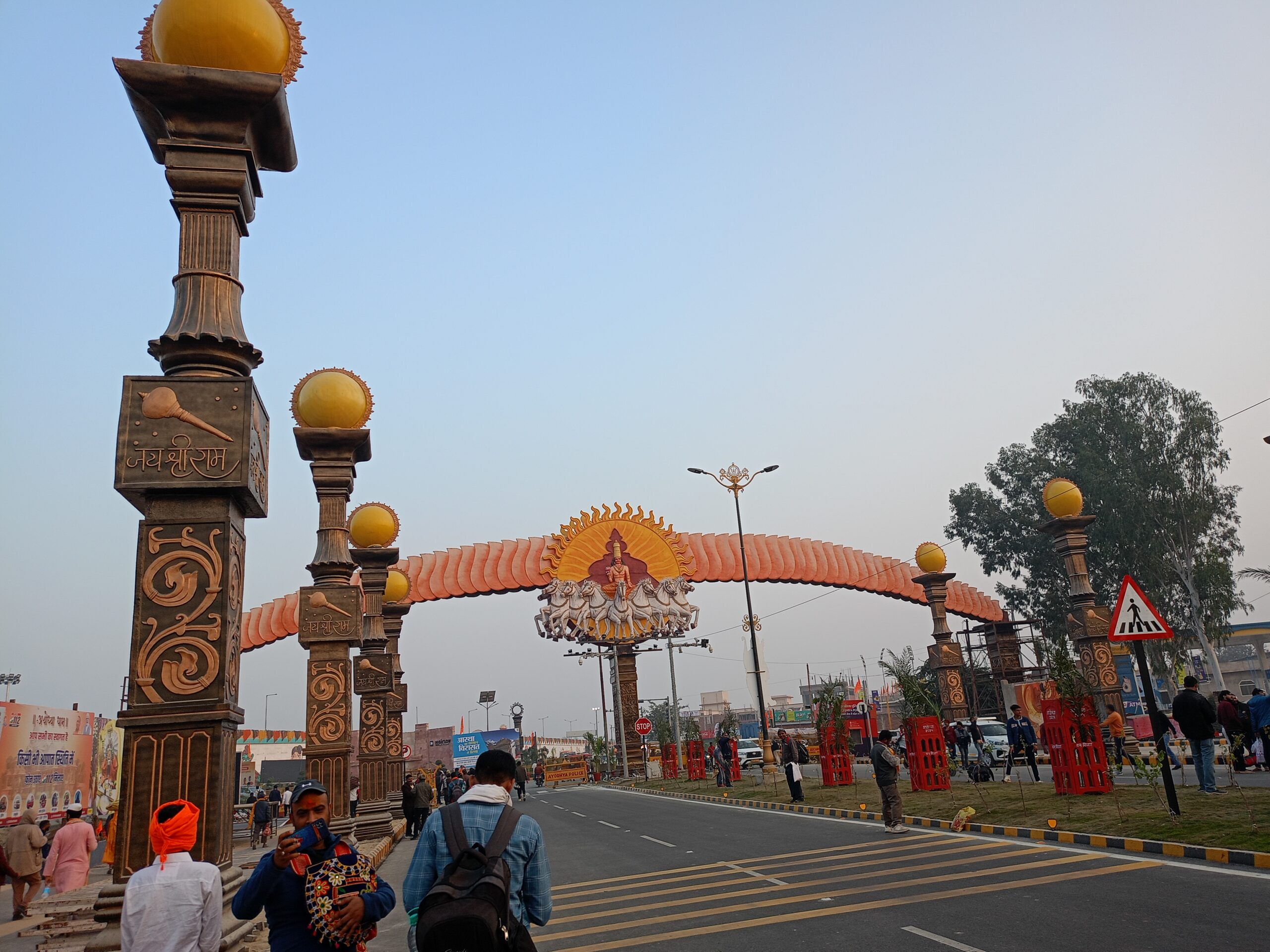
In the historic city of Ayodhya, Uttar Pradesh, the Ram Janmabhoomi Temple stands as a beacon of devotion, celebrated as the birthplace of Lord Rama. Dating back to the 12th century and constructed under the patronage of various historical figures over the ages, the temple’s architecture is a profound reflection of ancient Hindu culture. With domes and spires that reach towards the sky, it is adorned with intricate carvings depicting scenes from the Ramayana, creating a vivid tableau of Lord Rama’s life.
The primary deity here, Lord Rama, is presented in a serene and majestic form, captivating the hearts of devotees. This sacred site is easily accessible from the Ayodhya railway station, just a few kilometers away, making it a convenient pilgrimage spot. Ram Navami, the birthday of Lord Rama, transforms the temple into a bustling hub of devotion and cultural festivities, celebrated with great enthusiasm and drawing throngs of devotees. As one approaches the temple, the air fills with the melodious chants of prayers, the fragrance of incense, and the vivid visuals of traditional rituals, creating an atmosphere of divine tranquility. The ancient scripture Ramcharitmanas poetically states, “In the holy city of Ayodhya, there is a house of sacred joy, the dwelling place of Lord Rama,” capturing the essence of this revered site.
Bhadrachalam Temple, Telangana

Image Credit: https://wikipedia.org
Further south, on the serene banks of the Godavari River in Telangana, lies the Bhadrachalam Temple, dedicated to Lord Rama as Vaikuntha Rama. Constructed in the 17th century under the guidance of the saint composer Kancherla Gopanna, popularly known as Bhakta Ramadas, this temple is renowned for its distinctive architectural features. Towering gopurams and expansive courtyards showcase the classic South Indian architectural style, featuring vibrant murals and carvings that illustrate the life of Lord Rama.
Lord Rama, along with Sita and Lakshmana, are the central figures worshipped here, depicted in a unique posture that is revered by devotees. The temple is well-connected by road, with the nearest major railway station at Kothagudem, 40 kilometers away. It is famously known for its grand celebration of Rama Navami, which sees elaborate re-enactments of scenes from the Ramayana, drawing visitors and devotees in large numbers. The sounds of the flowing Godavari, combined with the chants of ‘Rama Nama’ and the fragrance of jasmine flowers, provide a transcendent experience to all who visit. Reflecting the deep devotion of the community, a popular saying among the temple’s devotees is, “Rama’s name is like the notes of music in the air, sweet and pervasive,” encapsulating the divine atmosphere that permeates Bhadrachalam.
Kodandarama Temple, Vontimitta
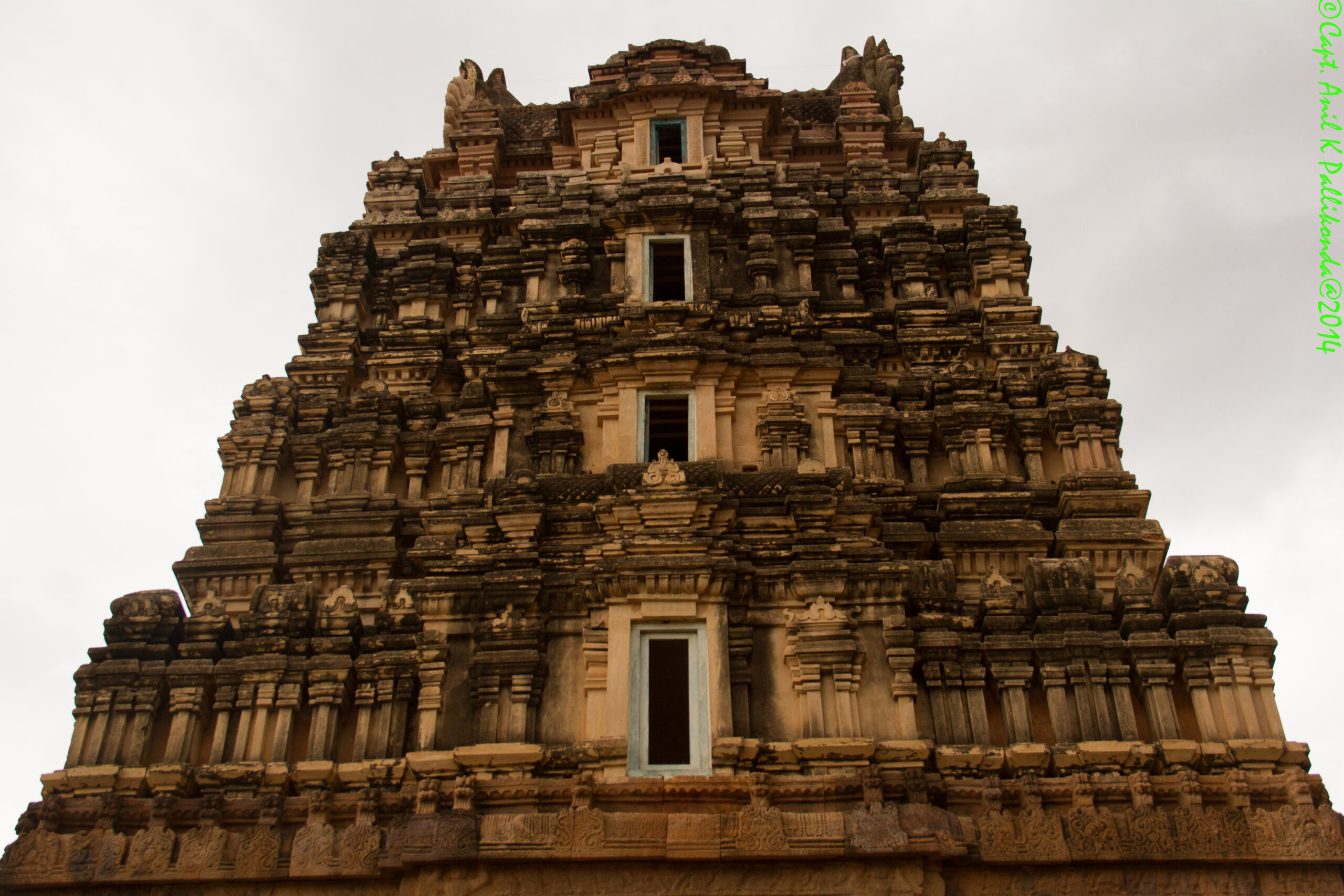
Image Credit: https://flickr.com
Constructed in the 16th century under the patronage of the Vijayanagara rulers, the Kodandarama Temple in Vontimitta, Andhra Pradesh, showcases a stunning display of ancient Hindu temple architecture. This temple is famous for its unique monolithic idols of Rama, Sita, and Lakshmana, sculpted from a single piece of rock, symbolizing the intricate craftsmanship of the era.
At the Kodandarama Temple in Vontimitta, the rare and harmonious composition of Rama, Sita, and Lakshmana attracts many to this ancient site, celebrated for its exquisite craftsmanship. Easily accessible by road, about 25 kilometers from Kadapa, the temple bustles during Rama Navami and Hanuman Jayanti, filled with the scent of flowers and incense, and resonating with the sound of bells and chants. A local priest captures its essence, remarking, “Here, every stone tells the story of devotion.”
Ramateertham, Vizianagaram

Image Credit: https://wikipedia.org
The ancient Ramateertham temple, dating back over a thousand years, is nestled atop a hill in Vizianagaram, Andhra Pradesh. It is revered for its deep historical roots and its role in the local rendition of the Ramayana.
Further to the east, the Ramateertham temple in Vizianagaram, positioned atop a scenic hill, is a revered site where Lord Rama is honored amid the epic’s sacred landscapes. About 12 kilometers from Vizianagaram’s city center, this temple offers panoramic views that enhance the spiritual journey of its visitors. Celebrations like Rama Navami and Deepavali attract large crowds, with the atmosphere enriched by the sound of conch shells, rhythmic drumbeats, and the visual spectacle of ritualistic dance.
Kalaram Temple, Nashik
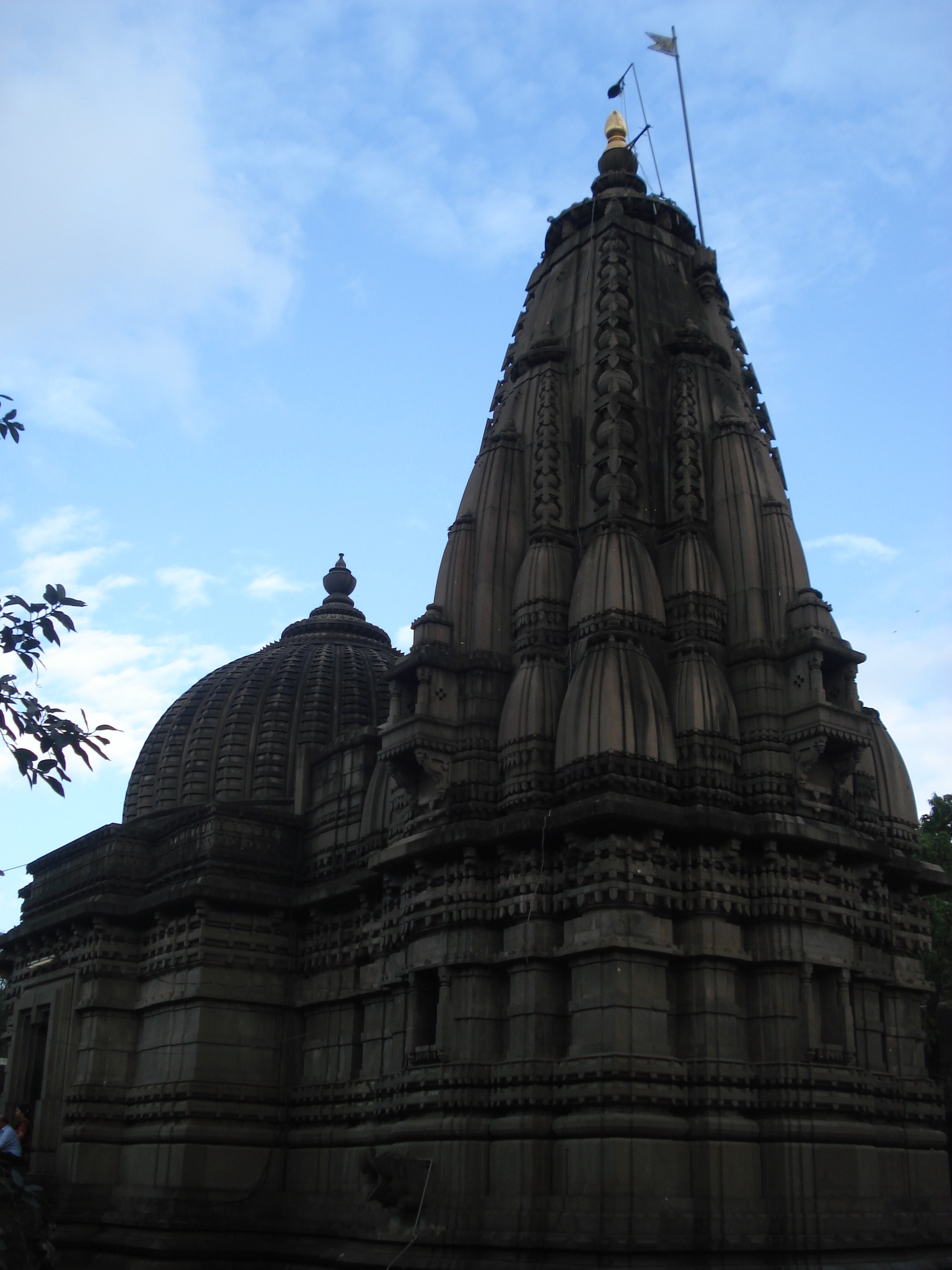
Image Credit: https://flickr.com
Situated in the holy city of Nashik, Maharashtra, the Kalaram Temple is an architectural marvel built in 1788 by Sardar Rangarao Odhekar. The temple is distinguished by its black stone idol of Lord Rama, which stands majestically against the backdrop of intricately carved stone structures, adorned with icons from various episodes of the Ramayana.
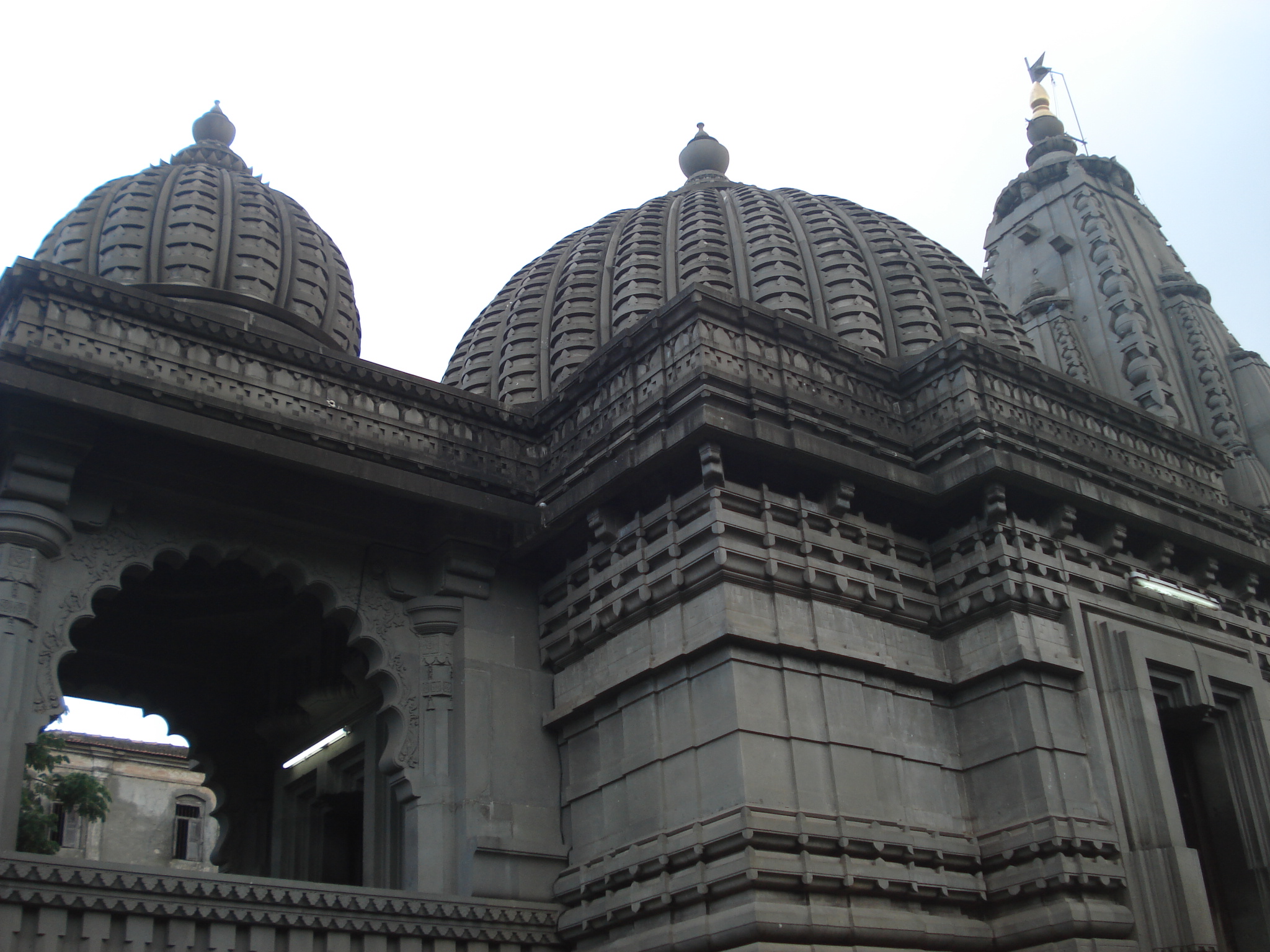
Image Credit: https://flickr.com
In Nashik, the Kalaram Temple stands out with its distinctive black stone idols of Rama, Sita, and Lakshman, drawing devotees to its vibrant celebrations of Rama Navami and Dussehra. Located centrally and easily accessible from Nashik Road railway station, the temple grounds come alive with colors, the fragrance of marigolds, and hymns during festive times. Reflecting on the experience, a devotee shares, “In the presence of Rama, every moment is a new beginning,” highlighting the spiritual renewal felt by those who visit.
Top Five Ram Temples and Reflections on Divine Journeys
As
Feature Image: Click here to view the image.
#LordRama, #PilgrimageSites, #AncientTemples, #IndianCulture, TempleTour #RamTemples #HinduTemples #SpiritualIndia #IndianArchitecture #CulturalHeritage


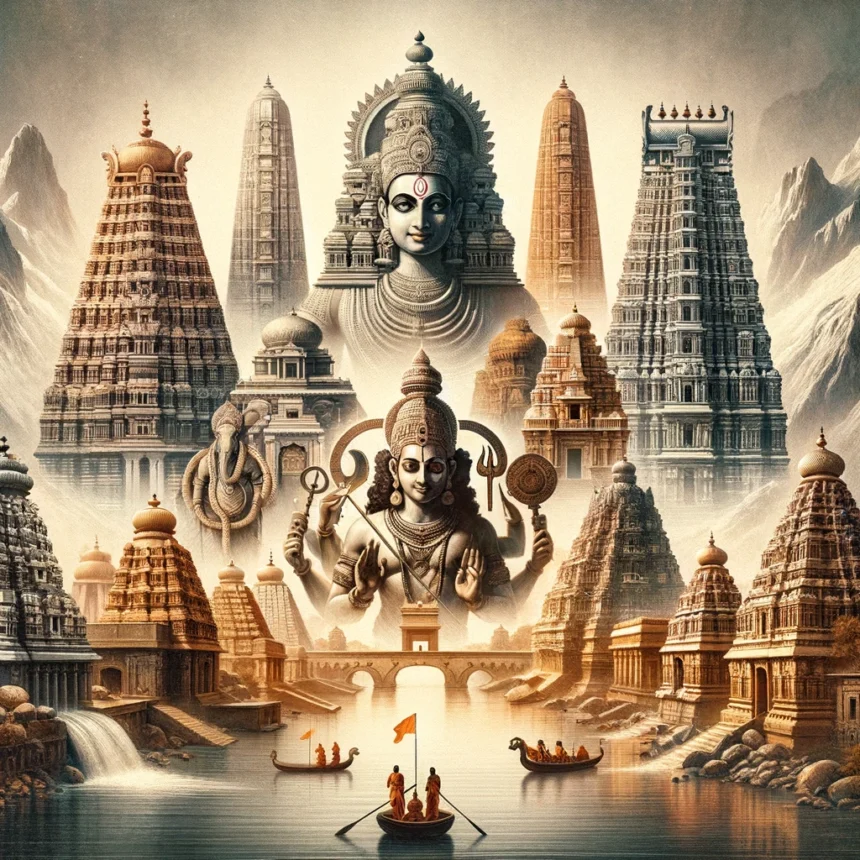
Leave a Reply